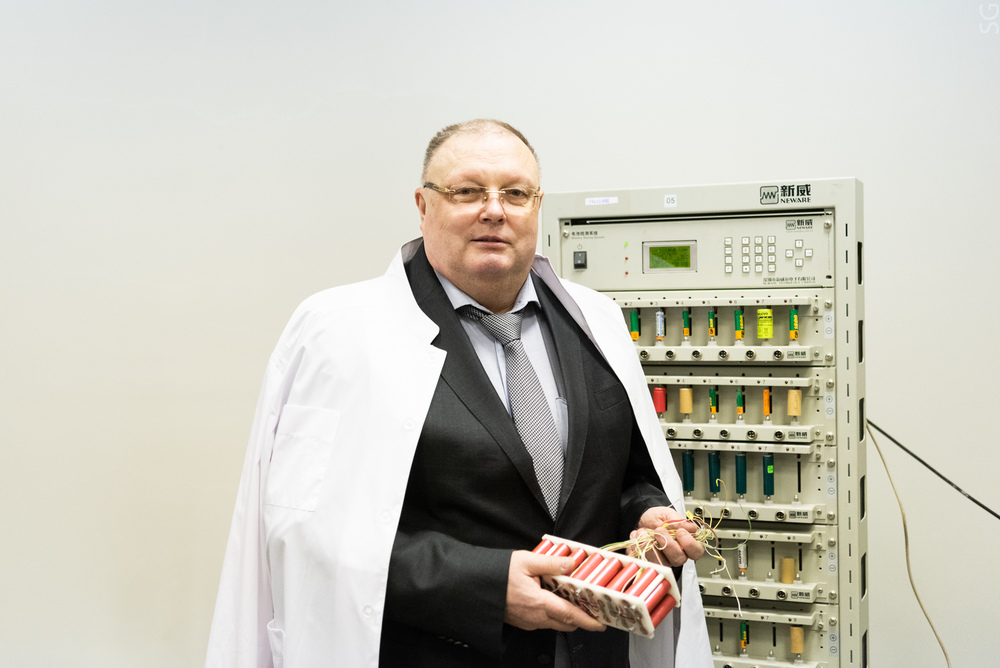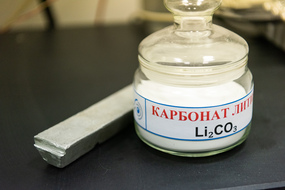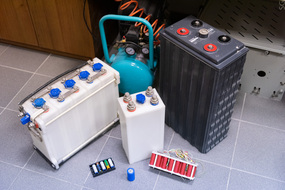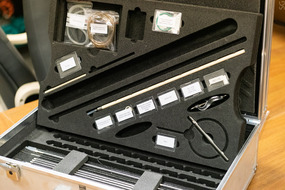Scientists from NUST MISIS have presented a technology for recycling lithium batteries for electric transport: electric buses, electric scooters, electric cars, etc. It represents a complete engineering cycle: from safe opening and determination of the amount of technogenic raw materials to be extracted and recycled to the introduction of processing lines. Recycling lithium batteries will reduce their cost by about
Today, Moscow has the biggest number of public electric transport units among European capitals: more than 600 electric buses are currently operating on the roads of the capital, the residents can rent electric scooters — more than 300 items of which were available in 2020. More than 10% of electric vehicles in Russia are registered in Moscow.
The benefits of using an electric vehicle are numerous and well known: reduced CO2 pollution in the atmosphere, reduced noise levels in cities, fuel savings and more efficient energy use. At the same time, the batteries used in these transport units contain toxic chemicals that cannot be simply thrown into a landfill.
Most electric vehicles run on lithium-ion batteries, and their creation is a complex technological process that involves the extraction of rare earth metals and their transportation over long distances, which in itself is harmful to the environment. Some of them are mined in countries with difficult political situations and working conditions. At the same time, the disposal of batteries after the expiration date is a rather complicated and explosive process.
“There are more than 56 electrochemical systems produced by industry, and each of them today requires its own method of opening and extracting useful components, which should be not only effective, but also safe,” says Ph.D, Professor, Director of the NUST MISIS Center engineering industrial technologies, Vadim Tarasov.
In the current market situation, the reuse of batteries or their disposal is becoming an increasingly urgent issue, because according to calculations by Bloomberg NEF, the global stock of electric vehicle batteries is expected to exceed 3.4 million units by 2025.
NUST MISIS specialists have developed a universal method of opening batteries, the resource of which has been fully drained: they use a cryogenic vacuum installation, which is their know-how and is protected by a patent.
“The technology makes it possible to safely extract lithium and manganese dioxide from storage batteries, including from highly explosive electrochemical systems, including lithium-thionyl chloride, lithium — fluorocarbon, and even lithium-nitric acid chemical power sources in future, without the risk of explosion, — added Vadim Tarasov, — The technology is a multi-stage chain that includes the extraction of battery cells, the production of stainless steel, nickel and titanium during leaching, and some separate chemical operations for the separation of lithium from solution. ”
As a result of the application of the technology, the following substances are obtained at the output: spent electrolyte, which is recycled, and valuable metals: steel, nickel, titanium and lithium.
The method allows us to integrate into existing technological chains at enterprises and does not require significant investments in re-equipment. According to the developers’ estimates, the technology can be introduced at the enterprises of the Moscow region already in






